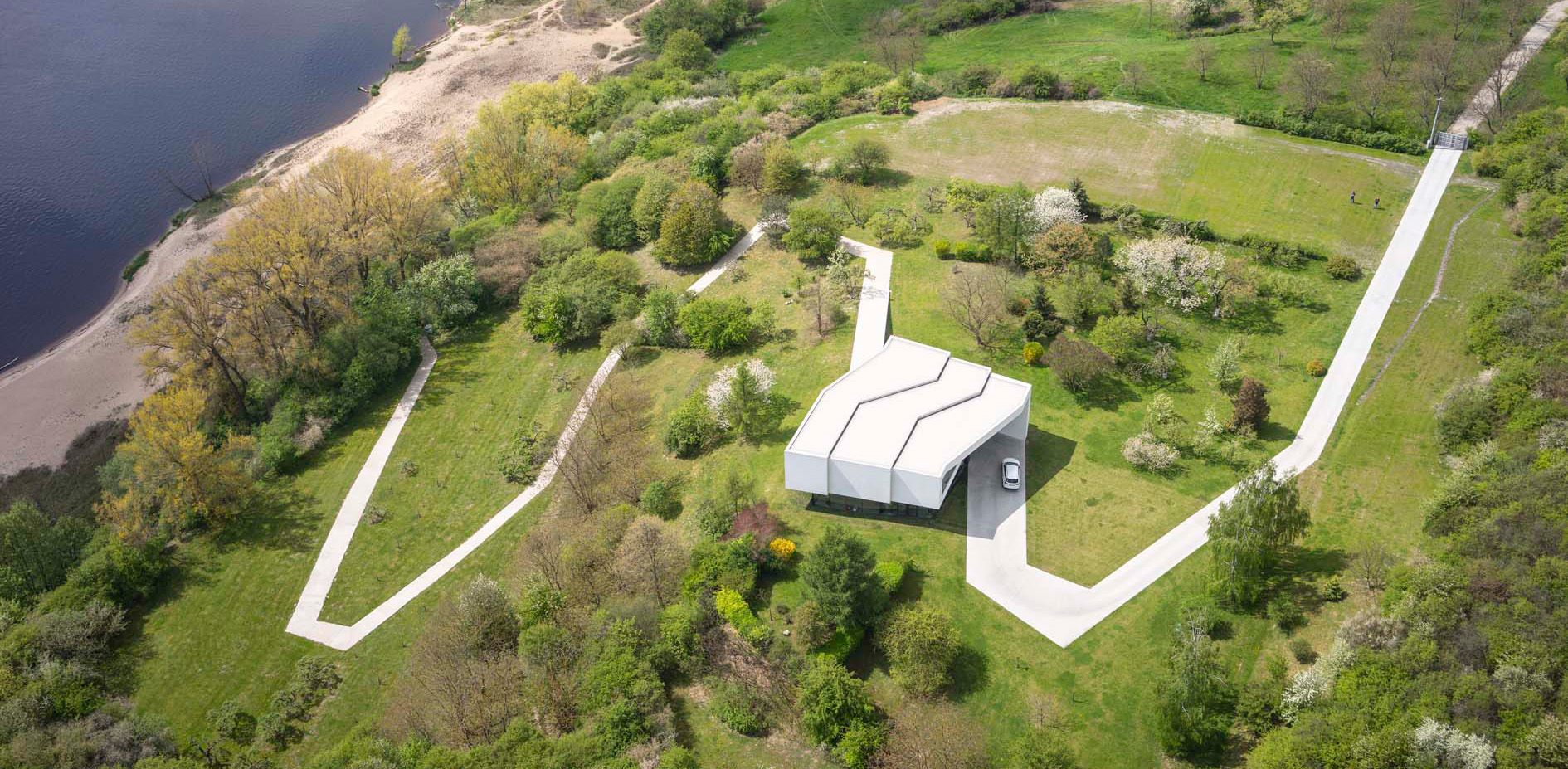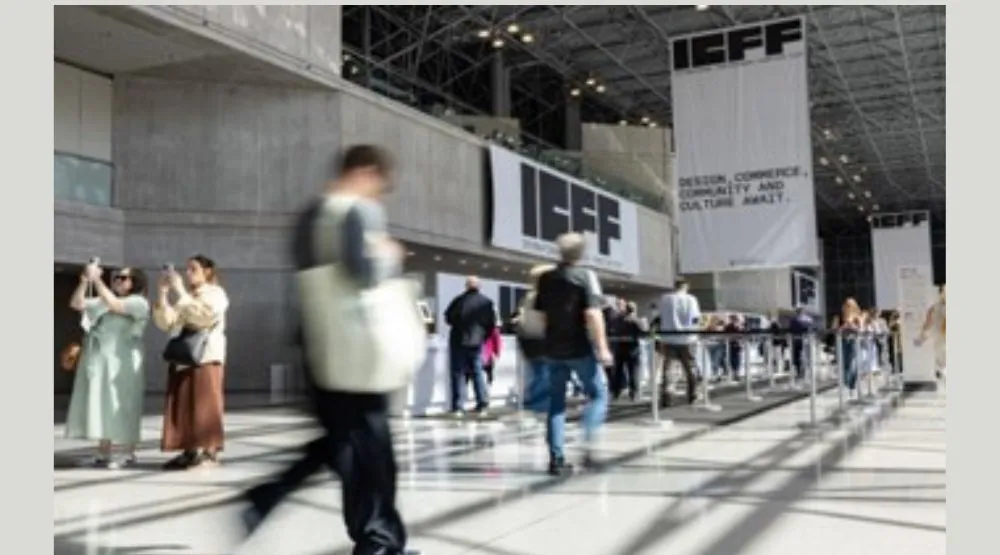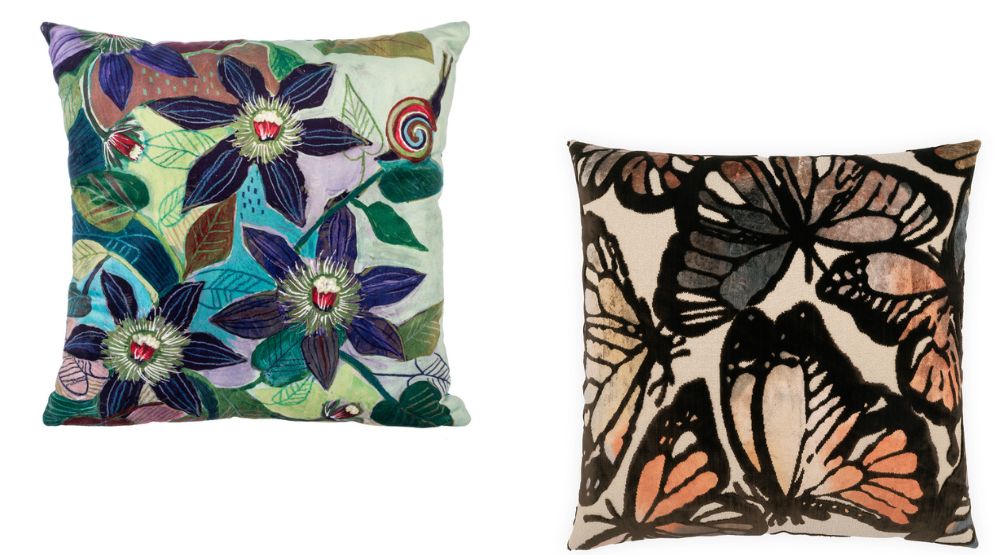Are we on the verge of a cob comeback?


Dezeen's latest series investigates one of the world's oldest building materials – cob. Building with Cob will explore how this ancient, earth-based material is being reinvented for the modern age.
First, we hear you ask, what is cob? Put simply, it is a building material made from clay-rich earth, straw, water, and nothing to do with corn (on the).
The readily accessible nature of these ingredients means cob was one of the first construction materials. Ancient cob buildings can be found around the world, from New Zealand to Iran and Afghanistan to France.
Cob's modern revival
So why are we talking about this prehistoric material now, in 2025?
A small but growing number of people believe that cob has the potential to be a widely used modern building material.
It was popular for thousands of years as a low-tech material that retains heat in winter and keeps interiors cool in summer. However, fired bricks – and their mass production during the Victorian era – all but ended its use.
However, in recent years, several modern homes have been constructed using cob in its traditional form. Among the most notable are those by Devon builder Kevin McCabe, including a two-storey house in 1994 that was reportedly the first home to be built with the material in England for 70 years.
Others followed. Another home by McCabe named the Cob Castle was featured on TV show Grand Designs, while the Associated Architects-designed Cobtun house won the 2005 RIBA Sustainability Award.

These houses largely followed traditional methods, albeit without using oxen to trample the material. To meet modern building standards, this meant creating walls of between 60 centimetres and a metre thick, resulting in a deep-set appearance.
A team of academics have since developed a new material – CobBauge – that they believe could make cob commercially viable as an alternative to bricks and concrete for house building.
Significantly, it doesn't require homes to have one-metre-thick walls but does retain many of cob's benefits, including being a very low-carbon material.
Architects searching for alternatives to brick and concrete
Could CobBauge be to cob what cross-laminated timber is to wood – a modern, engineered version that makes it viable for contemporary building practices?
Architects continue to search for low-carbon alternatives to modern materials, often looking back to move forward. Straw, cork, stone and timber are becoming more popular choices. Soil is also having a moment.
In this week-long series, we'll investigate the potential for cob to make a return as a mainstream material choice.
Building with Cob is the latest Dezeen series looking at how materials and technology are impacting the world we live in. It follows our Stone Age 2.0 series last year and a trio of revolutions – Timber Revolution in 2023, Solar Revolution in 2022 and Carbon Revolution in 2021.
The illustration is by Laura Coutinho.

Building with Cob
This article is part of Dezeen's Building with Cob series investigating modern uses of cob – an ancient building material made from clay-rich soil, straw and water – and exploring whether it can become a mainstream alternative to planet-damaging construction methods.
The post Are we on the verge of a cob comeback? appeared first on Dezeen.










![Tanpopo Restaurant / TRAIL [practice]](https://images.adsttc.com/media/images/6942/797e/c3f4/d500/0127/6d68/medium_jpg/1497_TANPOPO___Margarita_Nikitaki_3000px.jpg?1765964192#)









































